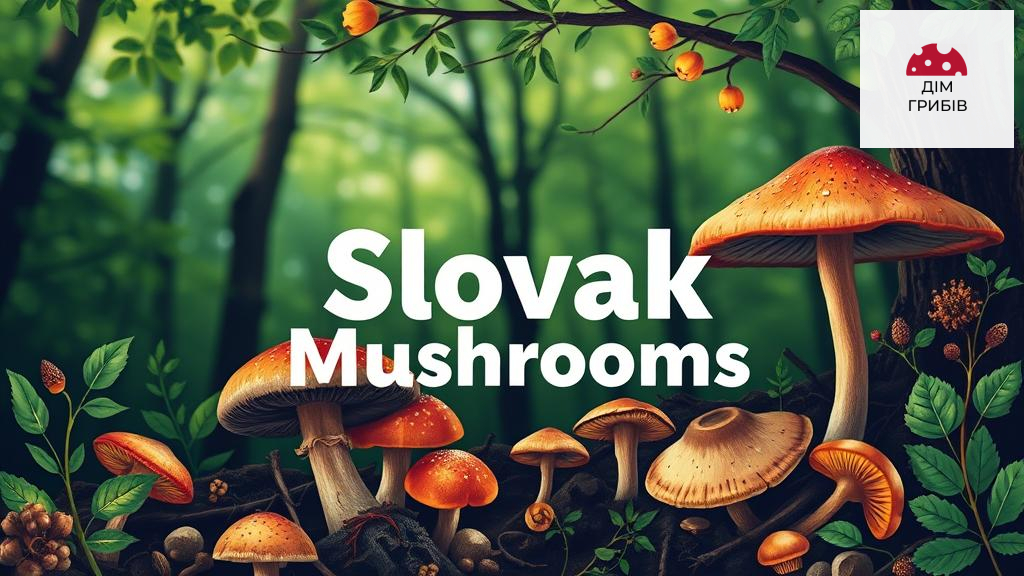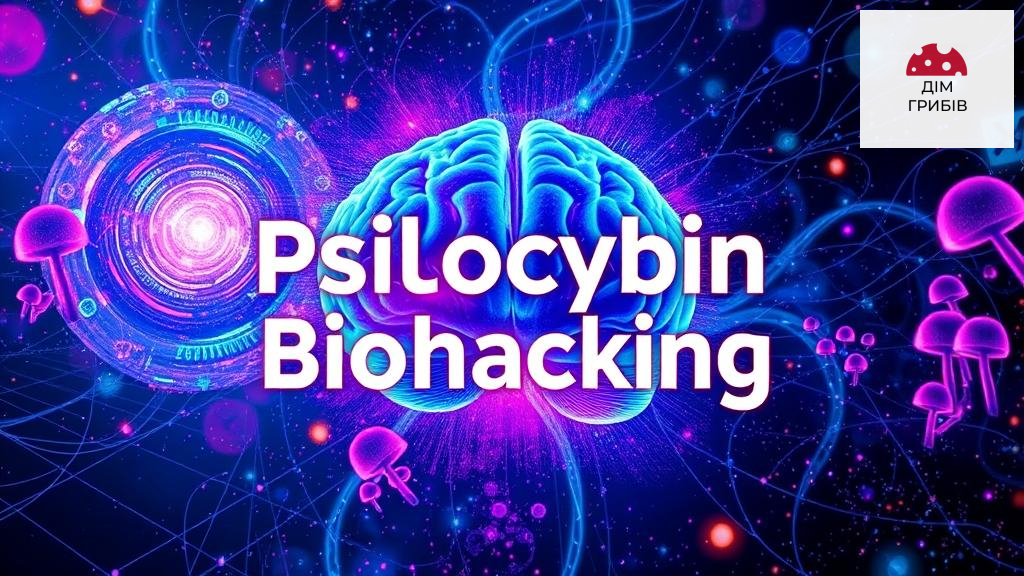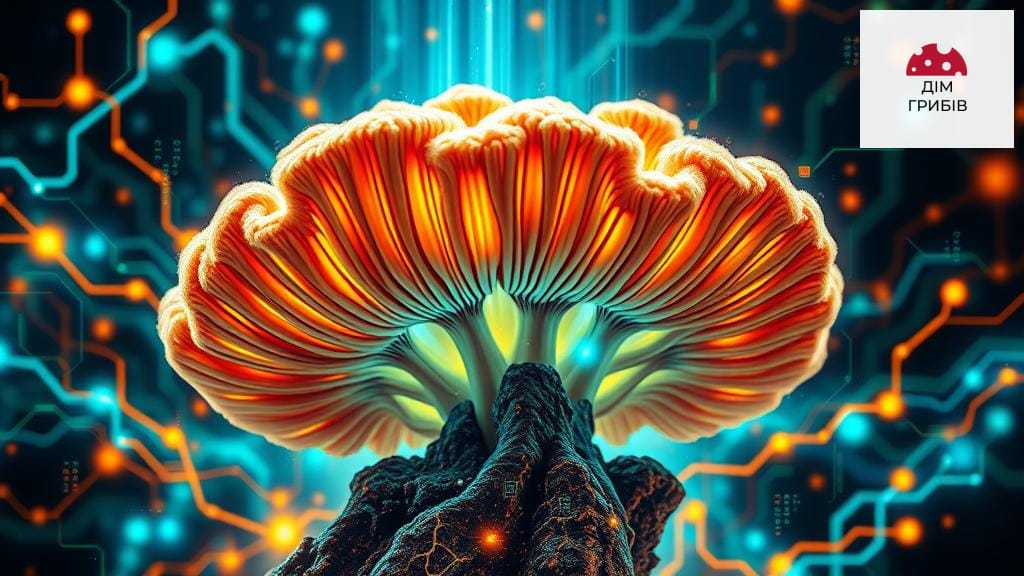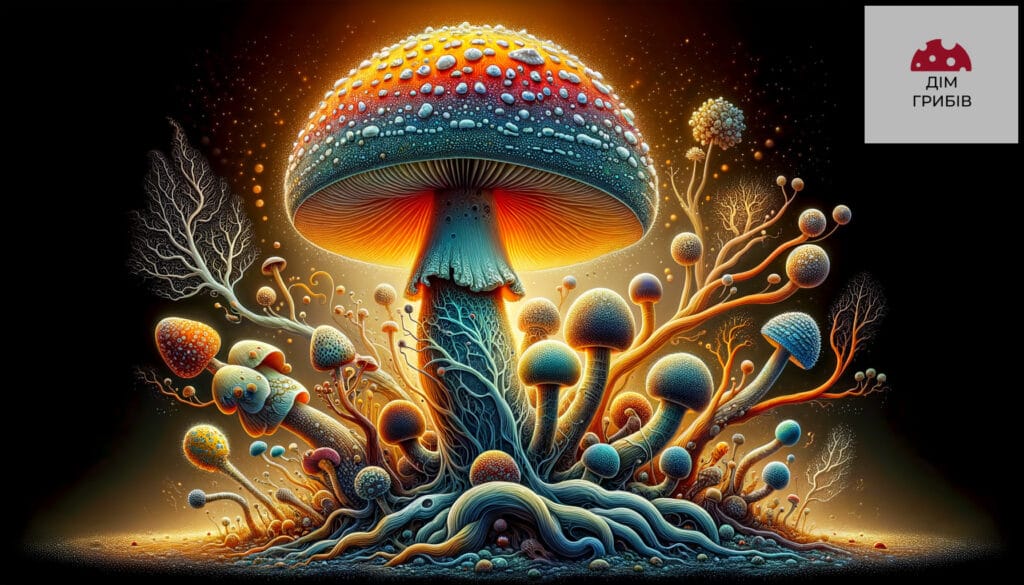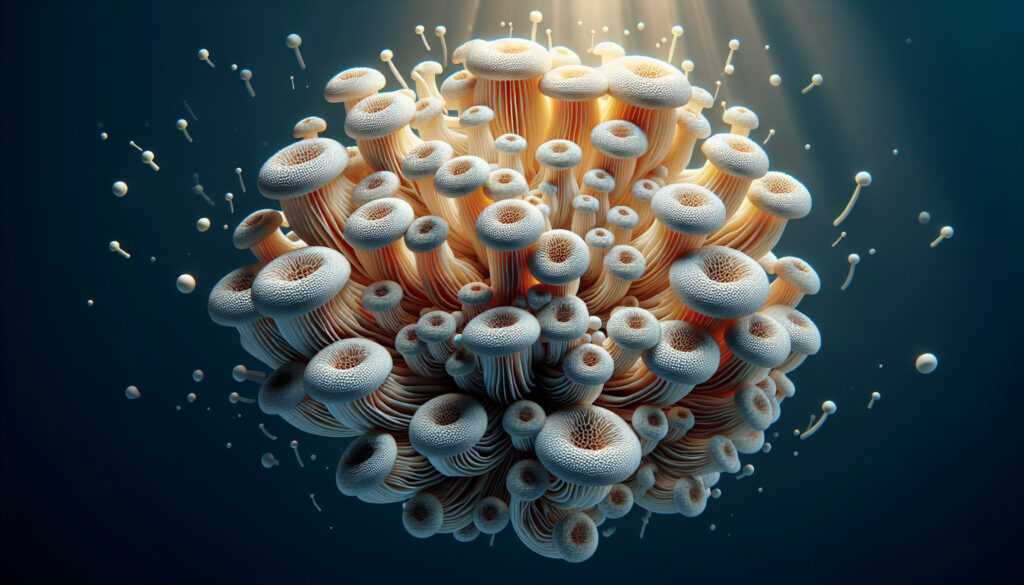Mushroom biohacking: How mushrooms hack the mind and open new horizons!

Introduction
Mushroom biohacking opens up new opportunities for improving brain functionality using natural resources. In the modern world, the desire to optimize cognitive processes is becoming increasingly relevant, and the idea of using mushrooms for this purpose is gaining popularity among a wide audience. Modern research and practical experience show that natural components can affect thinking processes, memory and emotional stability. This article examines in detail the concept of mushroom biohacking, its history, scientific foundations, practical methods and potential health risks, which allows readers to gain a comprehensive understanding of the topic. For a broader view of the concept of biohacking, we recommend that you familiarize yourself with the material on optimizing cognitive processes on our website.
Historical context and development of mushroom biohacking techniques
Traditions of using mushrooms in folk medicine
The use of mushrooms to support health has deep roots in the traditional cultures of many peoples. From ancient Chinese medicine to the practices of the indigenous peoples of North America, mushrooms have always been valued for their ability to influence the overall vitality of the body. These traditions are now gaining new life in the context of modern biohacking, where science is exploring the mechanisms of their influence on the central nervous system.
Modern approach: integrating tradition and innovation
Today, the concept of mushroom biohacking combines traditional knowledge with modern scientific methods. Scientists use tools from molecular biology, neuroscience, and biochemistry to analyze the effects of mushrooms on the brain. As research on PubMed, studies confirm that active substances in mushrooms can stimulate the production of neurotransmitters and help improve memory and concentration. Such results open up a wide range of practical applications - from microdosing to complex biohacking programs.
Basics of mushroom biohacking: types of mushrooms and their characteristics
Classification of fungi used in biohacking
The variety of mushrooms makes it possible to choose those that best meet the tasks of optimizing cognitive functions. The following groups are most often found:
- Psilocybin mushrooms: Used in microdosing to improve mood, reduce stress, and increase creativity.
- Cordyceps: Known for its adaptogenic properties, which contribute to the overall tone and endurance of the body.
- Reishi: Traditionally used to strengthen immunity, and modern research shows their positive effects on neuroplasticity.
To compare the effects of the main types of mushrooms on cognitive function, the following table is provided:
| A type of mushroom | Active ingredients | Main effect | Scope of application |
|---|---|---|---|
| Psilocybin mushrooms | Psilocybin | Improved mood, improved concentration | Microdosing, creative practices |
| Cordyceps | Cordycepsin | Increased energy, adaptogenic effect | Increased endurance, tissue regeneration |
| Reishi | Tripeptides, polysaccharides | Anti-stress effect, immunomodulation | Strengthening immunity, supporting neuroplasticity |
Scientific justification for mushroom biohacking
Neurobiological aspect: how mushrooms affect the brain
Scientific analysis of the effects of mushrooms on the brain is based on the study of their biochemical composition and mechanisms of interaction with neuronal receptors. The bioactive components contained in mushrooms affect the synthesis of neurotransmitters such as dopamine and serotonin, which contributes to:
- Memory improvement
- Increased concentration
- Creating a favorable microenvironment for neuroplasticity
Studies conducted on modern electrophysiological devices show that changes in signal transmission between neurons can be achieved through both microdosing of active substances and the use of full courses of adaptogenic complexes. To expand the understanding of this process, it is worth referring to works published in the scientific journal World Health Organization.
Biochemistry of active ingredients: detailed analysis
The active ingredients in mushrooms, such as psilocybin and cordycepsin, help modulate brain receptors, which alters the rate of neurotransmission. This effect has several benefits:
- Stimulation of neurotransmitter production
- Increasing the number of synapses
- Improving metabolism in nerve cells
For example, studies have shown that microdosing psilocybin mushrooms can help reduce stress responses and increase overall brain efficiency. Similar techniques are being integrated into biohacking programs, which can be explored in detail in the article fly agaric microdosing.
Practical methods of applying mushroom biohacking
Microdosing Methods and Their Benefits
The practical application of mushroom biohacking methods is gaining popularity among those seeking to enhance mental performance without the risk of strong psychedelic effects. Microdosing allows the use of very small doses of active ingredients, which helps:
- Improve concentration
- Reduce stress levels
- Activate creativity
During practical application, it is important to follow safety rules, such as correct dosage, a well-established intake cycle, and regular health monitoring. The recommendations of biohacking specialists are supported by numerous studies, and, for example, microdosing techniques are described in the material love fly agaric as a natural aphrodisiac.
A comprehensive approach: nutrition, rest, and additional nutrients
To achieve the maximum effect of mushroom biohacking, it is important to consider other aspects of lifestyle. Harmonizing nutrition, regular physical activity and a healthy sleep pattern are integral components of the successful implementation of biohacking practices. It is recommended to follow these tips:
- Consuming a balanced diet rich in antioxidants and Omega-3 fatty acids.
- Regularly perform adaptogenic exercises to relieve tension and maintain psycho-emotional balance.
- Adherence to a rest regime that allows the body to fully regenerate.
Integrating additional nutrients and using specific supplements can help improve neuronal signaling and overall brain function. These tips complement current techniques and allow you to create a personalized plan to optimize brain function.
Risks, ethical issues and development prospects
Potential risks and cautions when using mushroom biohacking
Like any innovative technology, mushroom biohacking has potential risks that must be considered. Incorrect use or exceeding recommended doses can lead to undesirable reactions in the body, such as:
- Changes in psycho-emotional state
- Sleep disturbances
- Imbalance in the nervous system
Therefore, it is important to establish clear guidelines and conduct constant monitoring when using biohacking techniques. Knowledge of potential side effects helps users make careful decisions, as well as consult qualified specialists before starting any course. Many clinical trials and studies in this area confirm the need for an individual approach and constant analysis of health status.
Ethical issues and social aspects
In the world of biohacking, it is important to consider not only the effectiveness of the techniques, but also the ethical issues associated with using natural remedies to influence the human body. Among the main ethical issues are:
- Accessibility and fairness of resource distribution.
- Quality control and safety of the use of natural agents.
- The impact of techniques on social norms and individual freedom in making decisions about one's own health.
These issues are being discussed not only in scientific circles, but also in international forums. According to the World Health Organization (WHO), the integration of traditional knowledge with modern technologies requires an ethical approach that takes into account the interests of both individuals and society as a whole.
Prospects and innovations in the development of mushroom biohacking
The prospects for the development of mushroom biohacking look very promising due to the increasing number of scientific studies and clinical trials. Leading universities and research centers are actively working on improving the methods, which will allow:
- To create new standards for the safe use of natural active ingredients.
- Improve understanding of biochemical processes that optimize cognitive functions.
- Integrate international experience and approaches to biohacking practice.
Scientific dialogue between researchers, practitioners and representatives of state institutions is a key element for the development of this promising field. Joint conferences and forums create conditions for the exchange of experience and the adaptation of advanced technologies, ensuring a harmonious combination of traditional knowledge and modern innovations.
If you would like to receive additional information about other aspects of biohacking, we recommend that you pay attention to the article Modern Trends in Biotechnology - it complements our discussion and examines new horizons in the use of natural resources.
Conclusions
Mushroom biohacking is a promising direction for those looking for ways to improve cognitive function using natural resources. Combining traditional knowledge with modern scientific research allows us to develop innovative methods for optimizing brain function. Despite the potential risks, a careful approach, consultation with specialists and adherence to ethical standards allow us to achieve a harmonious balance between effectiveness and safety.
If you need quality mushrooms for biohacking, contact the store. House of Mushrooms We have a large assortment. dried mushrooms and mushrooms in capsulesIf you need advice, please call the phone number +380983823589 or write to Viber, WhatsApp, Telegram.
Modern technological developments and increased international cooperation promise to expand opportunities in the field of biohacking, which will be useful not only for individuals, but also for society as a whole. The integration of biochemical research, the latest technologies and traditional medicine opens up new horizons in optimizing brain functions. We encourage our readers to follow the latest scientific publications and studies to always be up to date with the latest innovations in the world of mushroom biohacking.
